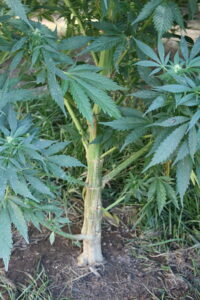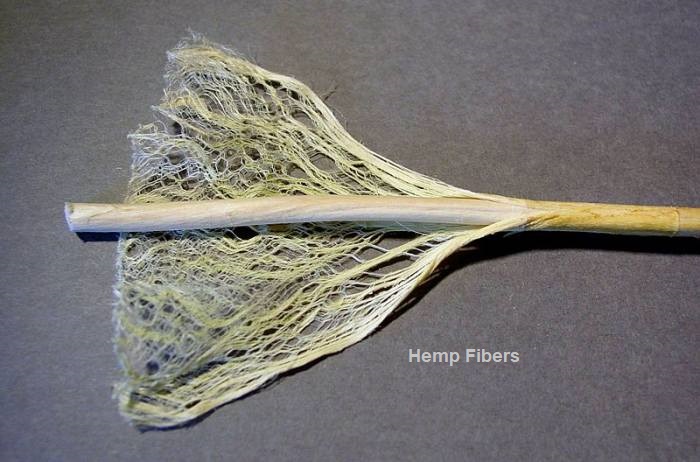Hemp News
Industrial Hemp Products
Hemp is an incredibly versatile product with a number of unique properties. While the near term harvests will likely be overwhelmingly focused on the CBD hemp plant – a plant bred to be below the legal threshold of 0.3% THC and high in CBD while also short and bushy – as CBD prices fall into lines, the other uses of the plant will become commercially viable.
Hemp Hurds (Shivs) for Hempcrete
One of hemp’s most unique aspects is that the hurds or shivs – the inner most part of the stalk – contain a high amount of silica allowing them to bind with lime to produce a lightweight, high insulation value construction material. This material has been used in Europe and all across France for many years. Combining the hemp hurds with lime creates a product with high insulation value weighing up to one eighth that of concrete. Although it cannot be used as a structural element, it makes a greater fill in between framing and can be plastered and painted over.
Hemp Paper
In addition to feed and biofuel applications, additional secondary markets such as hemp paper have begun to enter the market due to relatively low barriers to entry. In some cases, hemp processors have entertained removal of spent biomass for free or at little to no cost, which has enabled these companies to cut costs associated with research and development and increase scales of operations.
Hemp Seeds and Oil (non-cannabinoid oil)
The cannabis plant is dioecious, meaning each plant is a distinct male or female. The females produce the flowers, and when unpollinated produce the range of cannabinoids which include THC, the non-psychoactive CBD, and over one hundred others.
One of the challenges of producing seeds for oil and protein is that pollen from the male plants can drift many miles, pollenating any crop it comes in contact with. For outside hemp plants grown for CBD production, this will greatly reduce the cannabinoid content in that crop, essentially destroying all value in that acreage. Farmers planting hemp plants to grow for seeds need to be significantly isolated from other farms.
Hemp Stalks
Most of the CBD strains currently approved for production are bred with genetics conducive to oil production and not necessarily fiber. Producers and processors vying to strip the flowers and leaves off of the main stalk to produce a shucked biomass should at least explore the opportunity and viability of using the stems for fiber and hurd production. These two applications have received significant media attention as of late, but commercial scalability is still in early stages.
Hemp Fibers for Textile Production
We’ve had a handful of conversations about a market for hemp fibers as an ancillary value stream. The commercial scalability of companies currently producing textiles from hemp fibers won’t be able to handle the volume, and vast variation from many farmers brand new to the plant. While this is certainly a long term proposition, for this year, producers could start to explore the potential for partnerships with fibers, but significant value add could be challenging.
Hemp Cellulose Biofuel
In the early days of these ancillary value streams before efficient markets develop, building early relationships around additional value streams could pay off in the long term. While there might not be the same immediate value that the CBD aspect of the industry will bring, spent biomass is likely to be the most viable in the near term as it will be widely available due to increases in processing capacity throughout the country. Fibers and hurds have potential, but because commercial scalability on the buy-side has been slow, and the huge variation in the supply stalks, these markets are likely to develop over time.




